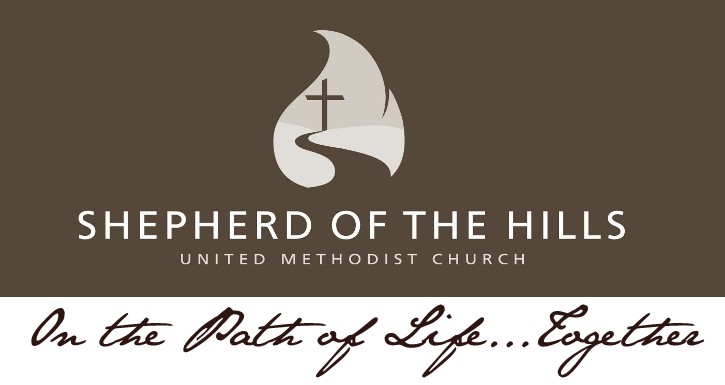Many United Methodist congregations now include healing prayer in worship services. Some offer healing prayer as part of services of Holy Communion. Some schedule weekly, monthly, or quarterly services of healing, depending on the needs of their particular church and community.
Basic Understandings of Healing and Worship
The Bible affirms spiritual healing.
"Are any among you sick? They should call the elders of the church and have them pray for them, anointing them with oil in the name of the Lord" (James 5:14).
When pastors and laity pray for people with the laying on of hands or anointing with oil, they are not claiming that they are doing something for the sick. They are not claiming that God will make everything better. They are seeking to be faithful to continue Christ's threefold ministry of teaching, preaching, and healing.
The Bible clearly calls disciples to pray with and for one another, and this faithful ministry of touch with prayer pleads and performs (enacts) the grace of God. This touch bridges alienation, swallows isolation, breaks suffering, and opens discouraged human spirits.
Services of healing are not services of curing. Rather they "provide an atmosphere in which healing can happen." (See The United Methodist Book of Worship, 613-614.) All healing is God's work, and worship settings where God encounters people are intrinsically healing.
When people are hurting, and when there is an invitation to share the pain, people respond. It is very natural and an act of hope in God. The ritual practices of healing prayer in the context of worship do not embarrass or expose people. United Methodist healing services use a simple sacramental approach to healing that expresses compassion, hope, grace, and a quiet confidence in God. There we can bring our insufficiencies to the all-sufficient Christ, who understands our need for wholeness.






